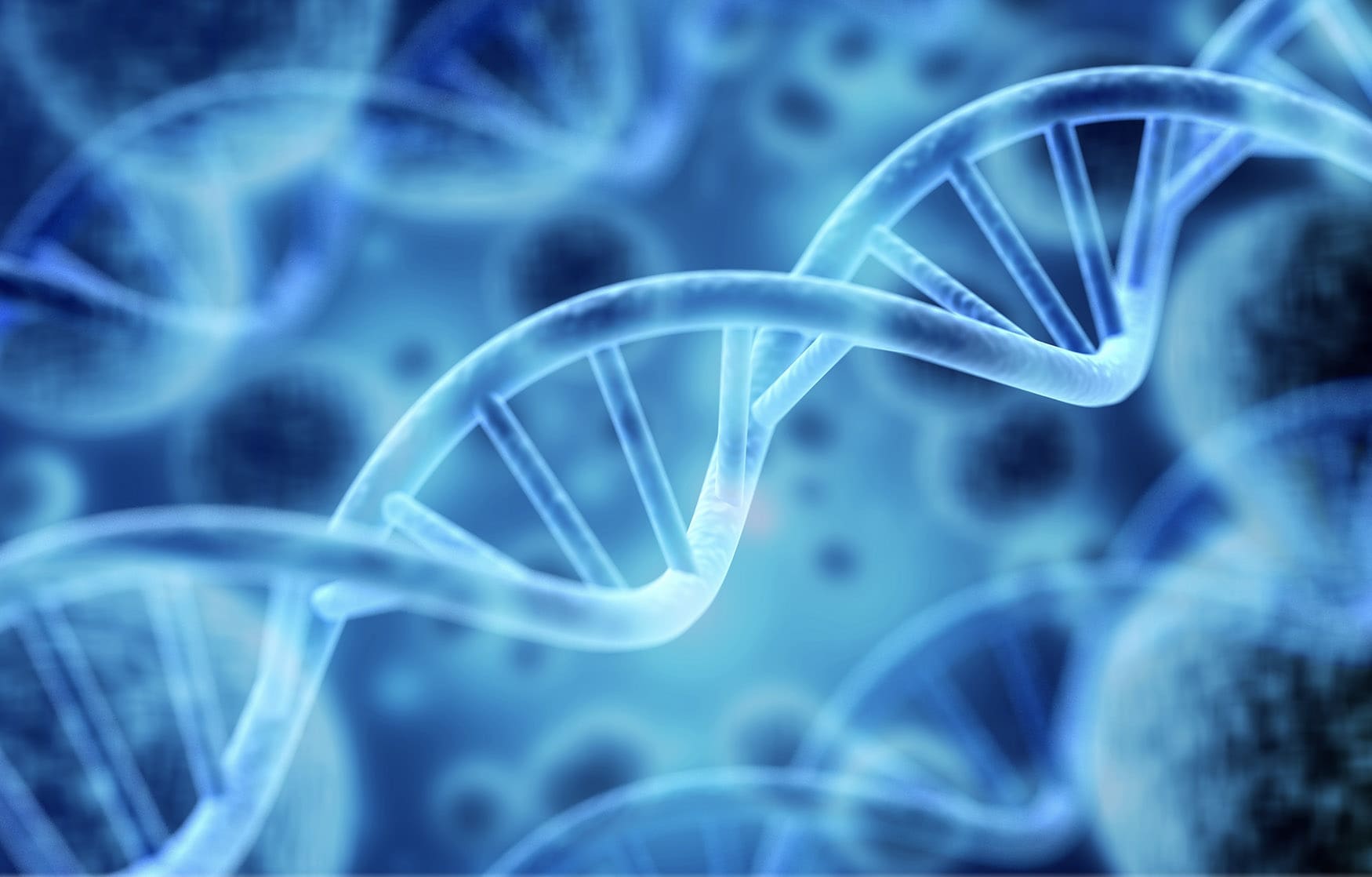Technology
Scientists Make Breakthrough in Creating Synthetic Yeast

Milestone in Building a Synthetic Cell
After more than 15 years of research, scientists have achieved a major milestone in creating a synthetic yeast. They have successfully combined artificial versions of some of the 16 chromosomes in a single yeast cell. This breakthrough sheds light on the foundational processes within cells and brings us closer to the creation of programmable cellular factories.
Challenges in Creating a Synthetic Yeast
Creating a synthetic yeast is an enormous task. Building even one of these chromosomes is a remarkable feat, according to Benjamin Blount, co-author of several new papers on the topic. The real challenge lies in combining all the chromosomes in a way that maintains stability.
Advancement in Genetic Modification
Past attempts at genetic modification have focused on modifying individual genes, not entire chromosomes. This process is much more complex. While the researchers have not yet combined all 16 chromosomes into a single cell, they have successfully developed artificial versions of each chromosome.
The Next Steps
The researchers now face the challenge of bringing all the artificial chromosomes together without compromising stability. This task is crucial in creating a fully functional synthetic yeast. According to Blount, the artificial chromosomes must be indistinguishable from the natural ones. Although there is still work to be done, the successful combination of some synthetic yeast chromosomes into a single cell is a promising step forward.
Hey there! I’m William Cooper, your go-to guy for all things travel at iMagazineDaily. I’m 39, living the dream in Oshkosh, WI, and I can’t get enough of exploring every corner of this amazing world. I’ve got this awesome gig where I blog about my travel escapades, and let me tell you, it’s never a dull moment! When I’m not busy typing away or editing some cool content, I’m out there in the city, living it up and tasting every crazy delicious thing I can find. Join me on this wild ride of adventures and stories, right here at iMagazineDaily. Trust me, it’s going to be a blast! 🌍✈️🍴